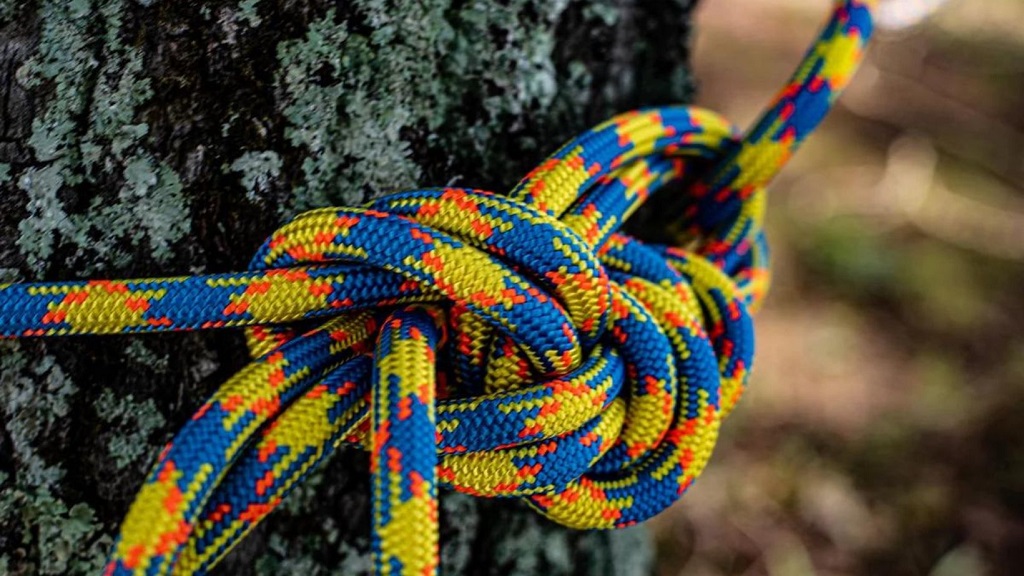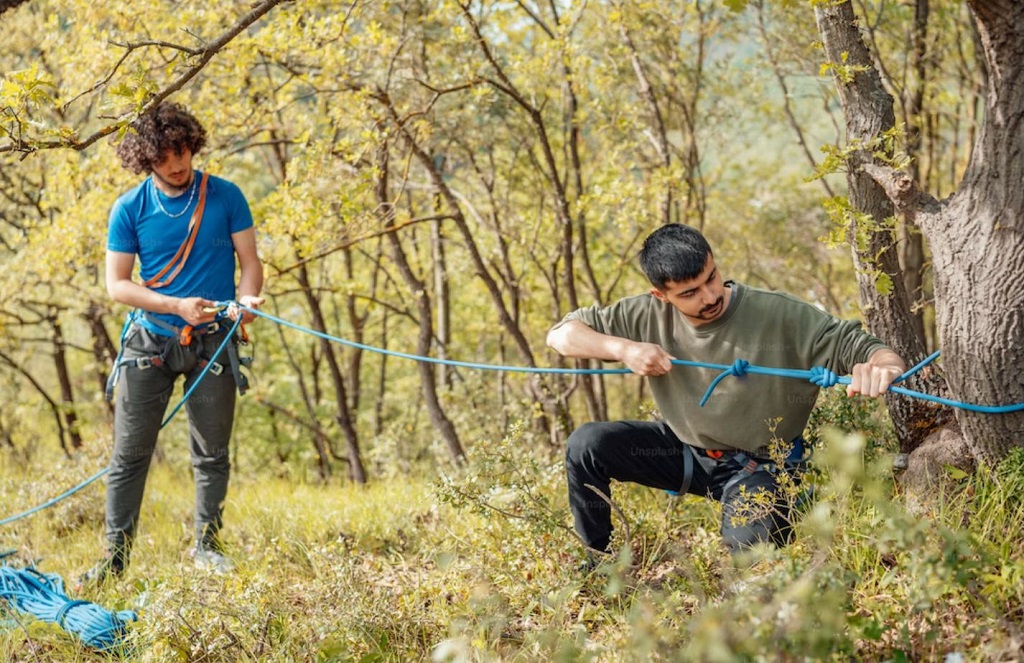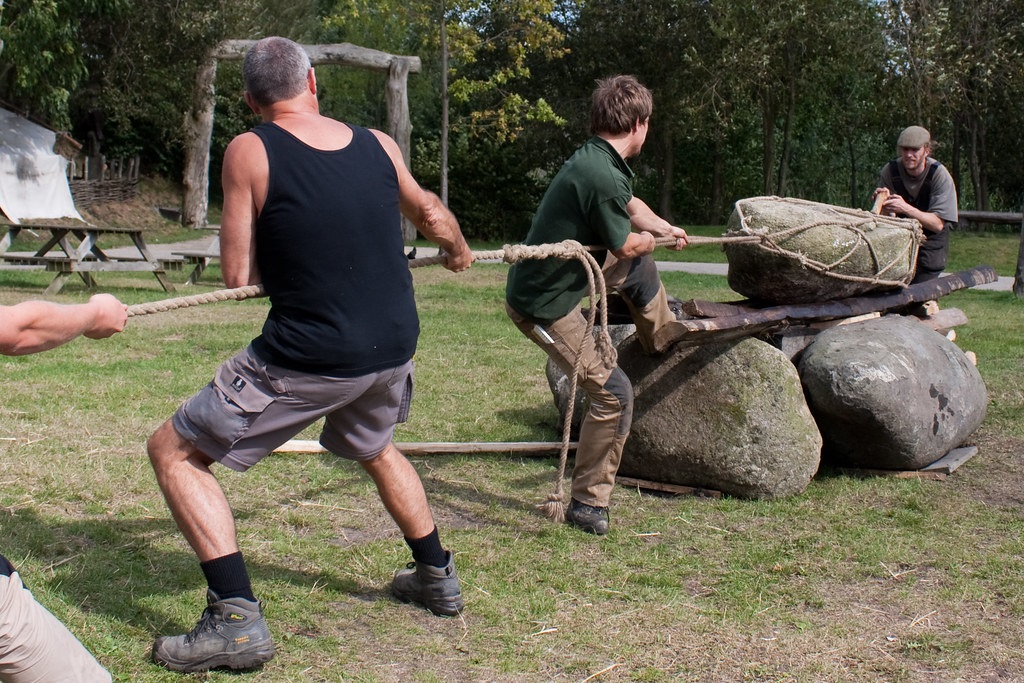
18 Oct What is the Best Way to Pull a Rope
Ropes have been essential tools for human beings throughout history. Whether it’s hauling heavy loads, securing objects, or even playing sports, the proper way to pull a rope can make a significant difference. In this article, we will explore the best methods and techniques for pulling a rope effectively. We’ll cover various aspects, from grip and body mechanics to teamwork and safety. So, let’s dive in and discover the secrets to efficient rope pulling.
Understanding the Basics
Before delving into the best practices of rope pulling, it’s crucial to understand the fundamentals. The best way to pull a rope can vary depending on several factors. When attempting to move an object, several factors come into play, such as the weight of the object, the distance you need to move it, and your physical abilities. In cases where you need to move heavy objects like trees, it is advisable to use a tree pulling rope. Nonetheless, there are general principles that apply regardless of these variables.
1. Get a Good Grip
The foundation of effective rope pulling is a secure grip. Ensure that your hands are dry and free of any slippery substances like oil or grease. If necessary, use gloves to enhance your grip. A solid grip minimizes the risk of the rope slipping from your hands, which can be dangerous and counterproductive.
2. Proper Body Mechanics
To pull a rope effectively, it’s essential to use proper body mechanics. Start by standing with your feet shoulder-width apart. Bend your knees slightly to maintain a low center of gravity. Keep your back straight and engage your core muscles. This posture not only provides stability but also reduces the risk of strain or injury.
3. Lean Into the Pull
Shift your weight forward as you begin pulling the rope. By leaning into the pull, you can harness your body weight to assist in moving the object. This technique is particularly helpful when dealing with heavy loads.
4. Pull in a Straight Line

When pulling a rope, aim to do so in a straight line. Avoid pulling at an angle, as this can lead to unnecessary friction. A straight-line pull minimizes resistance, making the task more efficient.
5. Hand-Over-Hand Technique
To maintain a steady pull, utilize a hand-over-hand technique. Alternate your hands as you pull the rope, ensuring a continuous and controlled movement. This method helps distribute the effort evenly between both arms and reduces fatigue.
6. Engage Your Legs
When dealing with especially heavy objects, don’t hesitate to use your leg muscles. Your legs are powerful and can significantly contribute to generating force. Bend your knees further and push with your legs to augment your pulling strength.
Teamwork Makes the Dream Work
In some situations, pulling a rope alone may not be feasible or safe. That’s when teamwork becomes essential. Working with a partner can make the task more manageable and efficient. Here’s how you can coordinate your efforts when pulling a rope with someone else:
7. Coordinate with Your Partner
Communication is key when working with a partner. Ensure that both of you are on the same page regarding when to start and stop pulling. Coordinate your movements to avoid any sudden jerks or misalignment.
8. Share the Load
Distribute the load evenly between you and your partner. This ensures that neither of you is bearing an excessive burden. Sharing the load not only makes the task easier but also reduces the risk of injury.
9. Sync Your Rhythm
Maintain a synchronized rhythm when pulling the rope. This prevents any jerky or uneven movements that can lead to accidents. A smooth, coordinated pull is more effective and safer.
Safety Always Comes First
Regardless of the circumstances, safety should always be a top priority when pulling a rope. Here are some safety tips to keep in mind:

10. Be Aware of Your Surroundings
Before you start pulling, take a moment to assess your surroundings. Ensure that there are no obstacles, tripping hazards, or people in the way. Clear the area to prevent accidents.
11. Use Proper Lifting Techniques
When lifting and pulling, adhere to proper lifting techniques. Bend your knees, not your back, and use your leg muscles to lift and pull whenever possible. This reduces the risk of back strain and injury.
12. Don’t Exceed Your Limits
Know your physical capabilities and don’t push yourself beyond your limits. Overexertion can lead to injury and fatigue. If a task seems too strenuous, seek assistance or alternative solutions.
In conclusion, the best way to pull a rope involves a combination of factors, including grip, body mechanics, technique, teamwork, and safety precautions. By following these guidelines, you can ensure efficient and secure rope pulling in various situations.
FAQs
- Can I use any type of rope for pulling?
Yes, you can use various types of ropes for pulling, but the choice depends on the specific task and its requirements. Thicker and stronger ropes are suitable for heavier loads, while lighter ropes may be sufficient for lighter objects.
- Are there any specific safety regulations for rope pulling in industrial settings?
Yes, in industrial settings, there are often specific safety regulations and guidelines for rope pulling. It’s essential to familiarize yourself with these regulations and follow them to ensure workplace safety.
- What are some common mistakes to avoid when pulling a rope?
Common mistakes include using a weak grip, not maintaining proper body mechanics, and neglecting safety precautions. Avoid these errors to ensure effective and safe rope pulling.
- Can I use a rope for towing a vehicle?
Yes, ropes can be used for towing vehicles, but it’s crucial to use the appropriate towing equipment and follow safety guidelines. Using a dedicated tow rope designed for the task is recommended.
- Is there a maximum weight limit for rope pulling?
There isn’t a specific weight limit for rope pulling, as it depends on various factors, including the type and strength of the rope, your physical capabilities, and the terrain. It’s essential to assess each situation carefully and use the appropriate equipment and techniques.
